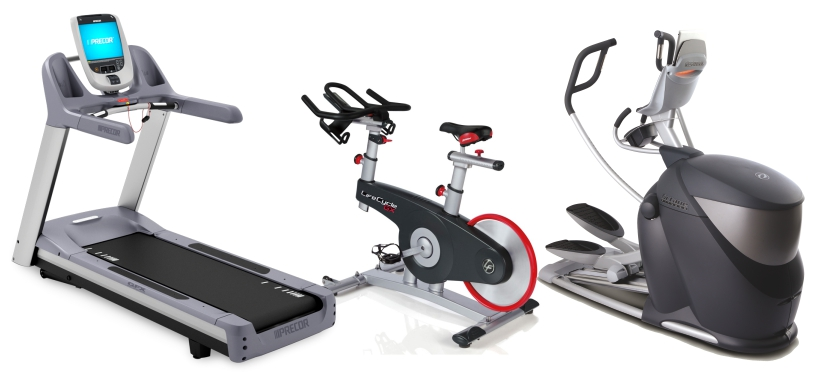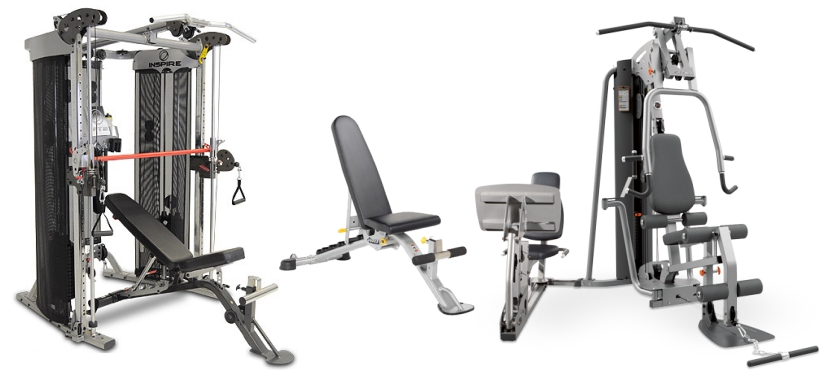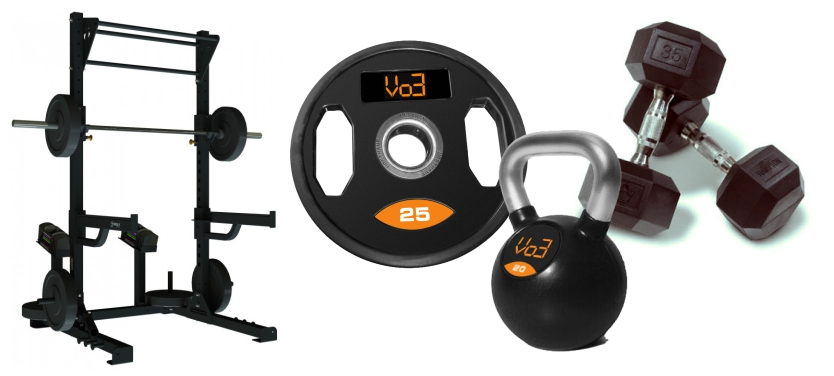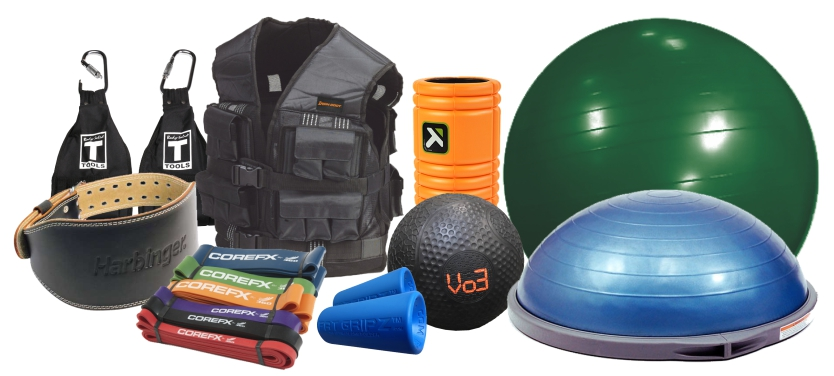
What do you think of when you imagine gyms of the future? Does your vision include running on omnidirectional treadmills, voice-activated personal trainers and equipment, or having a holographic display of your vital health statistics pop up every time you enter a gym?
While some of these possibilities are coming up quicker than others, it’s never too late to start planning the future of your own fitness facility. We had some great takeaways at IHRSA 2019, where global fitness leaders showcased their latest and greatest offerings, and in this article, we’ll dive into the kinds of fitness-related technology that will be a part of our future sooner than you may think. Take a look so you can get ahead of our world’s rapidly changing technological advancements before they hit the mainstream fitness environment.
Virtual and Augmented Reality
Can you imagine a world where all of your workouts take place in epic arenas, across rugged mountaintops, or even in the vast depths of outer space? This adventurous and exhilarating idea is not too far away, thanks to the possibilities offered by virtual reality (VR) and augmented reality (AR).
In addition to the exercise benefits of VR and AR, there are many other advantages to this new way of training:
Gamification is practically built into VR experiences since it is applying game-like settings to a main goal of exercising. Have a gamified experience makes VR addicting, so users are likely to come back and beat their next challenge or their friends’ scores. Fitness facilities can benefit from the gamification factor of VR as a way to increase member loyalty and retention.
You can focus on proper form. A big part of VR is making sure that your movements precisely match up with what is required to achieve your goal, whether it is striking an opponent or having the optimal power in your chest press.
Data collection is easy. Each VR system is synced to the movements of its user, and can provide important statistics throughout and at the end of a game or workout. This data-driven approach allows exercisers to set goals for improving their training and taking their activities to the next level.

How can you make your own moves toward incorporating virtual reality into your facility?
For starters, think about space. VR requires significant room for users to move around – after all, you don’t want to end up with actual bruises from hitting a wall when you thought you were just punching a virtual boxing bag. Black Box VR, a company that specializes in individual spaces for VR training, utilizes rooms that measure around eight feet by eight feet. Other VR and AR fitness offerings take place on pieces of fitness equipment like ellipticals or indoor cycling bikes. These do not require as much space per machine, but you’ll still want to ensure that there is ample clearance between equipment in case users get a little too into their intense bike ride around the rings of Saturn. So, do you have any space that is going unused in your facility or that can be reconfigured to allow for a VR fitness experience?
Another factor to consider is what VR or AR gear you want to use in your facility. To allow for a full training experience, you’ll need the proper gaming software, headsets, handheld sensors, screens, and any equipment that is involved in the workout, which will require a significant financial investment upfront. Start planning how you will work with your budget to acquire the necessary items to make VR or AR a success in your facility.
Pay-Per-Visit Facilities
Many gyms are turning to services like ClassPass® or Zeamo® which effectively provide exercisers with the option to pick and choose what gyms or specific boutique fitness classes they want to attend in many locations around the world. Giving exercisers the flexibility to pay for the select classes and gyms that appeal most to them, without having to commit to a lengthy contract for only one facility, is proving to be a more and more popular, especially among millennials.
What does this mean for traditional gyms considering using a pay-per-visit model, in addition to their regular members? While the thought of opening your facility up to less-committed gym goers may be daunting, there are some definite upsides to it. The model can generate some extra revenue from people who would not normally stop at your gym. For example, business travelers who are in town for a week or two may be looking for a nice place to get their daily workout in.
Additionally, these services give you a chance to win over exercisers who use services like ClassPass® or Zeamo®. Each time exercisers drop in to try out classes or use your equipment, you are given a touchpoint opportunity to impress them with your offering and your staff. Use these moments as a way to entice new visitors to join your facility or invite them to have some friends visit on their next workout.
Experience-Driven Settings
Today’s fitness consumers are looking beyond just the types of cardio or strength equipment offered at various gyms. They are looking for the full experience: friendly and knowledgeable staff; flexible hours and class offerings; perks like smoothie bars and high-end shampoos; and accessible pricing and apps to register for sessions, in addition to quality fitness equipment. These consumers are used to being fully integrated with technology, and expect their gym life to be no different.
Building all of those features into your existing facility is easier said than done, of course, due to the many various aspects that combine to create a seamlessly premium experience. Also, each facility’s budget and priorities are different, so the extent to which you focus on the member experience will vary as you consider various options.
One premium experience that is reasonably simple to enable is networked fitness cardio console technology. Today’s cardio consoles integrate numerous programming and entertainment options, third-party fitness apps, and social media channels, among other benefits like tracking workouts and Bluetooth connectivity.
As fitness technology continues to adapt rapidly, we can expect that console technology will be advancing right alongside it. Don’t miss out on the opportunity for your members to have the experience of strong fitness connectivity that is offered by our networked fitness.
Explore our mix and match cardio options.
With many of these technological advances happening already, it’s time to consider how your facility will keep up with them. Stay realistic to your facility’s mission, but start planning how you can create these future-related experiences in your own space.
Courtesy of PRECOR.COM







